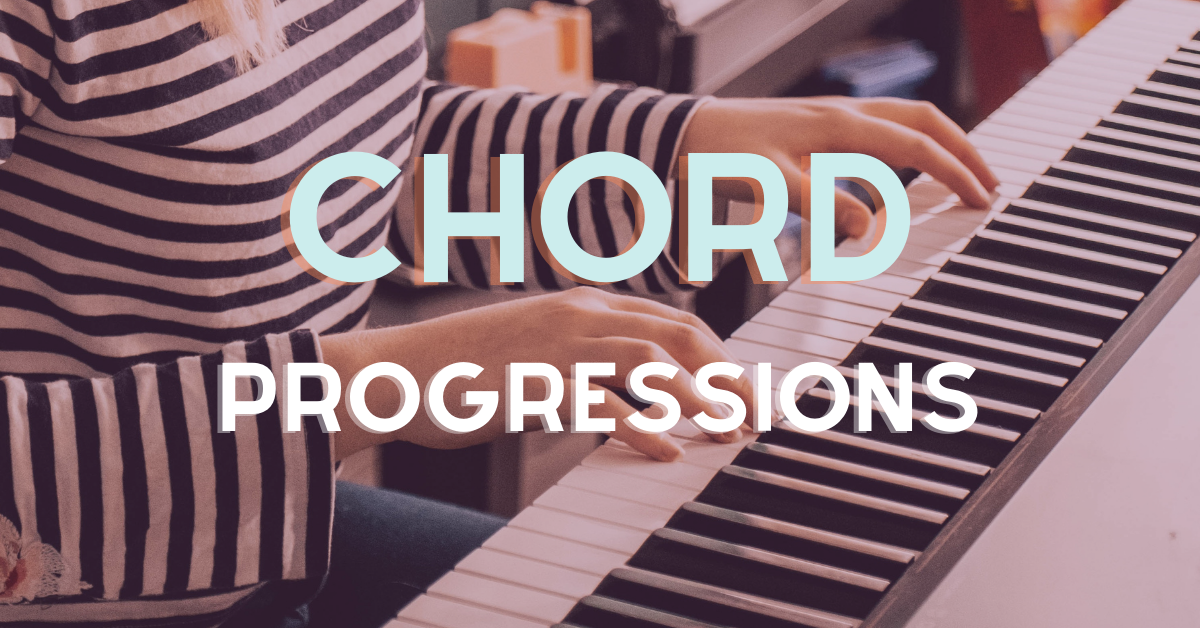Chord Progressions You Must Know

One of the first overwhelming concepts you encounter when you begin studying jazz piano is the number of chords and chord progressions. There are a lot. A real lot. But when you really break it down there are actually a finite number of chords. And to be perfectly honest with you, the VAST majority of chords you'll encounter in jazz standards are one of three types: major, minor, and dominant. In this article I'm going to show you a really simple exercise that gets you playing and learning all of your major, minor, and dominant chords in all 12 keys. Master this exercise and the results will be hugely beneficial.
Chord Progressions - the "ii" and "I" Chord
The great thing about the "ii - V - I" progression is that it contains one of each primary type of chord - minor, dominant, and major. Learn it in all 12 keys and you've learned how to play every minor, dominant, and major chord that there is.
I'm going to show you some "rules" for building some totally pro rootless voicings that will help you attain that authentic jazz sound. Of course, there are no "rules" in music, but the idea is that you follow these steps to build each of these chords in order to master this concept.
Let's take a "ii - V - I" progression in the key of C major, which gives us the chords "Dm7 - G7 - Cmaj7." For major 7th and minor 7th chords we're going to perform the following steps:
Step 1: Play the chord in root position.
Step 2: Invert the chord so that the 3rd or 7th is the lowest note.
Step 3: Replace the root of the chord with the 9th.
The chords you have in step 3 are referred to as rootless voicings, and they work great for accompanying yourself (left hand comping) or others. Play the chord in your right hand, and the root of the chord with your left hand in the lower register of the piano so that you can hear these chords in context.
So far we have 2 of the 3 chords in our "ii - V - I" progression.
Chord Progressions - the "V" Chord
In order to build the "V" chord we need to complete the above steps, with one additional step.
Step 1: Play the chord in root position.
Step 2: Invert the chord so that the 3rd or 7th is the lowest note.
Step 3: Replace the root of the chord with the 9th.
Step 4: Replace the 5th of the chord with the 13th.
Now insert this chord into the "ii - V - I" progression.
Notice the excellent voice-leading between the chords that we have created. The notes of one chord resolve smoothly (by half or whole-step) to the notes of the next chord. Notice also that if you start with the 7th as the lowest note of the minor chord, the inversions move 7th - 3rd - 7th. If you start with the 3rd as the lowest note of the minor chord, the inversions move 3rd - 7th - 3rd.
Play (and memorize) this "ii - V - I" progression through all 12 keys in both inversions (24 in total). Learn 1 key per day and you'll be done in 12 days!








